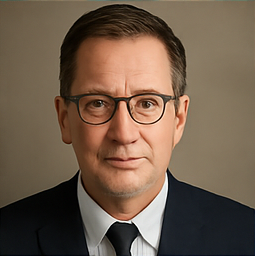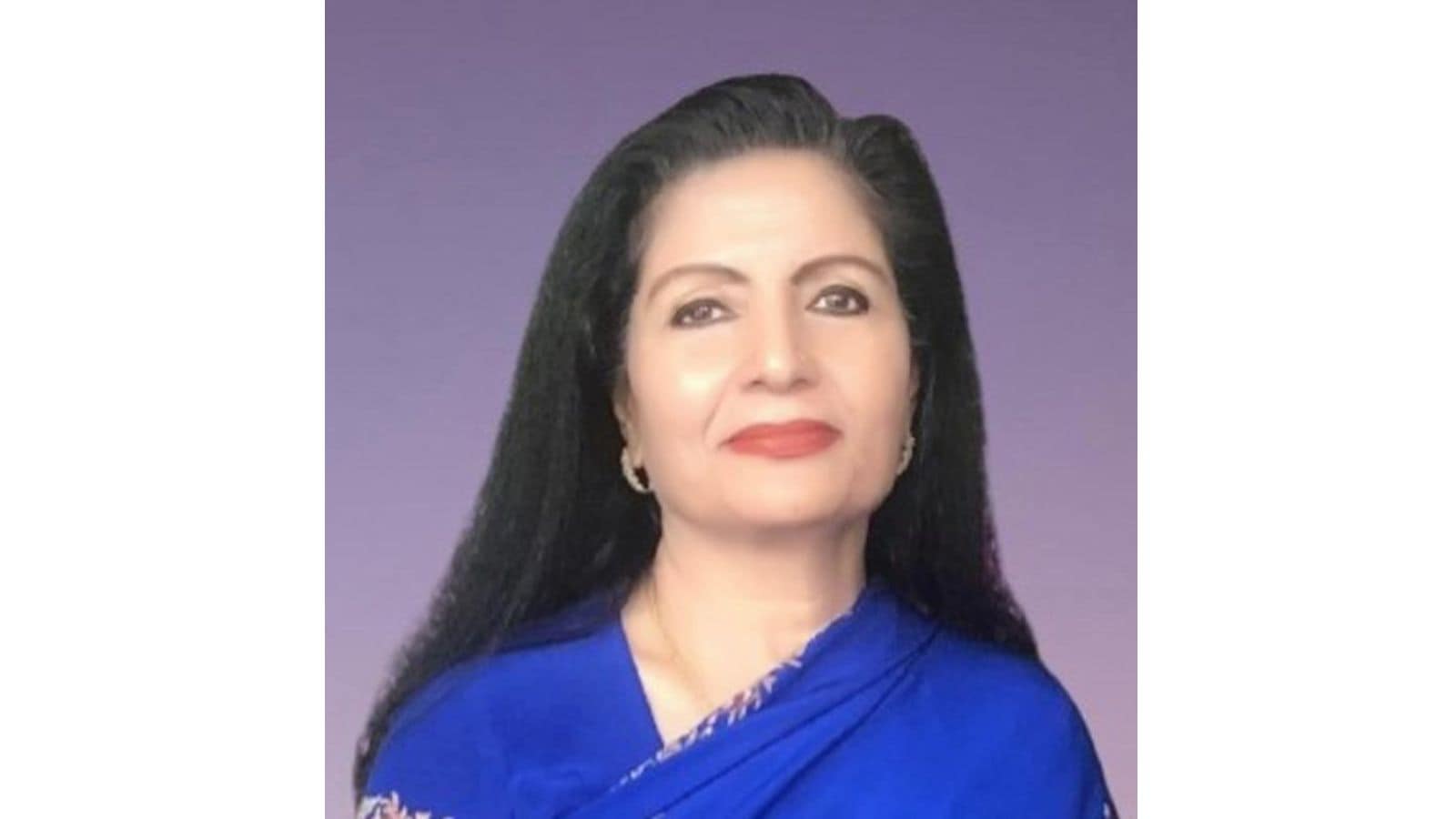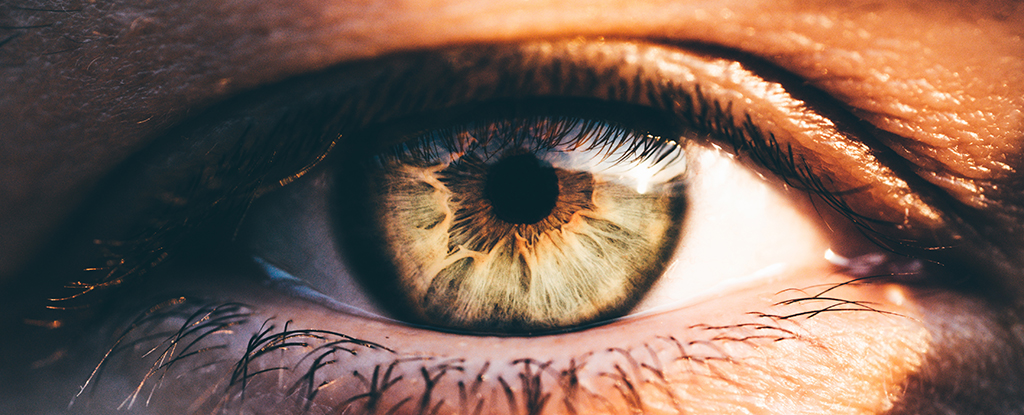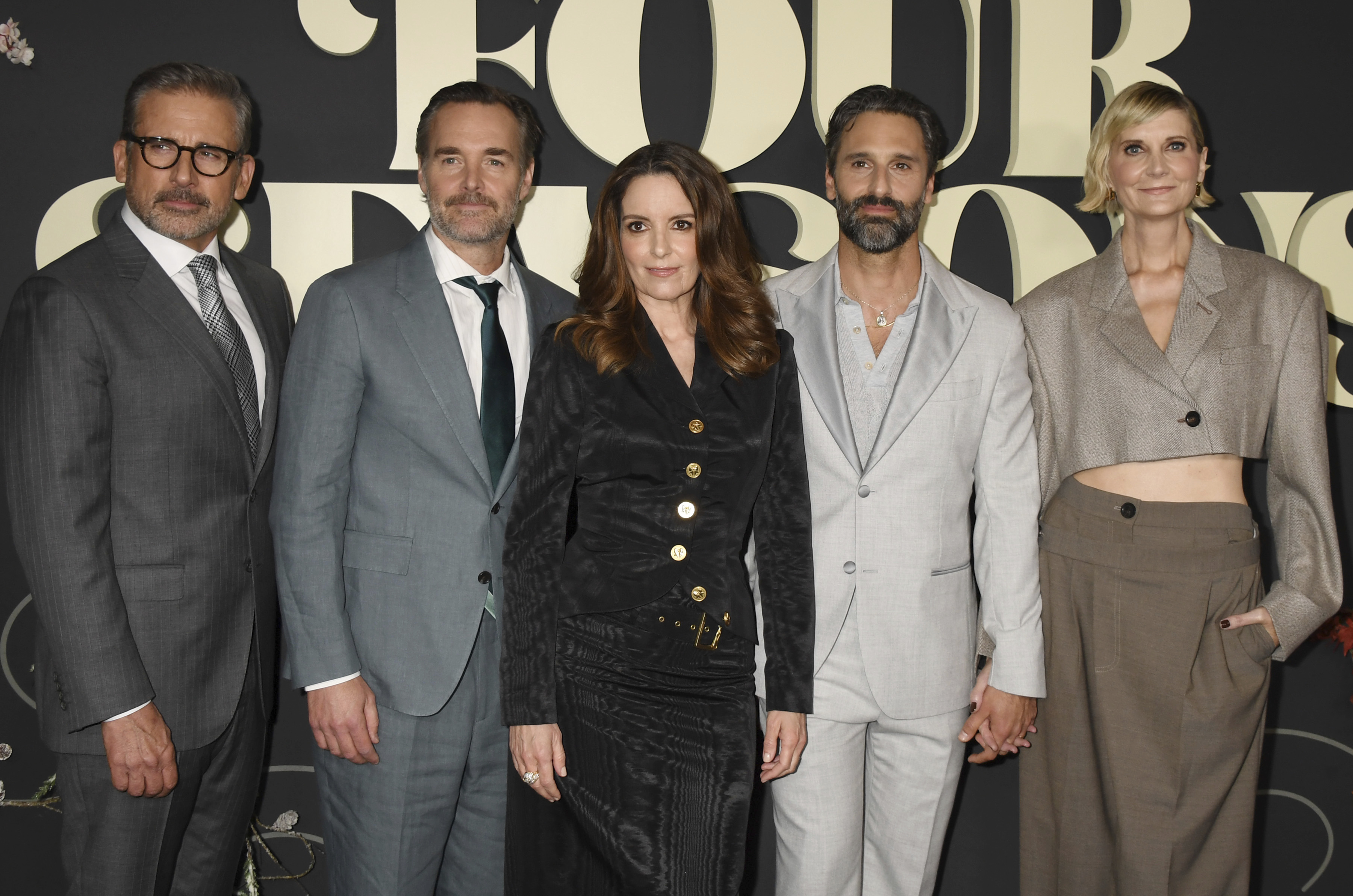The reimagined and remodeled Cleveland Natural History Museum remains a wondrous place of learning, for all generations: Jeff Opperman

“You know what I’m gonna miss?” I asked Wren, “That musty museum smell. I bet it’s gone.” She laughed, “If it’s gone, should we ask the museum people if it’s stored somewhere?” My 21-year-old daughter and I were on our way to tour the dramatically remodeled and expanded Cleveland Museum of Natural History — and I wasn’t sure I’d like the changes. That’s because I loved the old museum. I grew up in the Cleveland area in the 1970s, and the museum was a cornerstone of childhood memories. Looking back now on my decades-long career in environmental science, I can also see it was a hugely formative place. I can remember climbing the Steggie statue and wandering the cavernous halls with their wildlife dioramas. And yes, there was that delightfully musty smell -- some combination of taxidermy, artifacts, and windowless rooms. To me, it was the smell of knowledge. The museum planted seeds that germinated into my environmental career. And when we moved back to the Cleveland area with young children in 2006, the Museum was one of the first places we visited. While there were some updates, it remained comfortingly unchanged, right down to the yellowing exhibit cards’ 1950s typewriter text and, of course, that musty smell of knowledge. I looked to the Museum as a resource to pull my kids toward nature — a partner in the tug-of-war with screens. And it’s made a real difference: Both developed a strong connection to nature. In 2022, my daughter wrote a list of must-do activities before she left for college. Near the top was a trip to the Museum. As we roamed the familiar exhibits, we bumped into a friend with his 5-year-old. Seeing them walk hand-in-hand brought back a flood of memories and a dizzying confrontation with the swift passage of time. Now, the Museum has also suddenly grown up. Earlier this year, Wren and I planned our first glimpse of the transformed Museum not long after its grand reopening. I’d seen some reviews referencing media-enhanced dioramas and “broad use of technology.” At the risk of sinking into “get off my lawn” territory, I worried that the re-envisioned Museum would overly emphasize screens delivering content rather than physical objects telling stories. There has been concern among educators that museums have come to rely too heavily on technology, with mesmerizing interfaces distracting visitors from actual exhibits. In a world absolutely saturated with distractions, I wanted the Museum to persist as a haven from that frenetic, “forever elsewhere” world of screens, and remain a place where nature was tangible, not simulated — even if that simulation is visually dazzling. Of course, technology is crucial to our ability to solve problems, but the recent explosion in artificial intelligence has left many of us reeling from the rapid erosion in what separates human abilities — to write, produce art, or solve problems — from those of machines. I certainly don’t have answers, other than a gut feeling that, in a world of galloping AI, we’re going to need real nature more than ever. Because even though technology may have pushed society into unchartered territory, our genes — what makes us who we are — evolved in nature. And more than ever, we need places that teach us about nature — places where we can see and touch it, places that tell stories of where we come from and the forces that shaped us as humans. Thankfully, the Cleveland Museum of Natural History remains such a place. The revamped version does have amazing technology, but it’s integrated in ways that enhance the experience, bringing you closer to the physical objects. For example, there’s an exhibit where you can peruse clear boxes with specimens of birds or insects and then put them under a magnifier to explore in detail. You’re not touching the object, and your gaze does pivot toward a screen, but here technology is bringing you closer than you would be without it. Rather than those cavernous, windowless halls, the use of UV-resistant glass allows many displays to reside in galleries infused with light, letting you examine a dinosaur skeleton framed by views of the native-plant landscaping. And throughout, the Museum avoids delivering a compendium of facts; rather, the content is organized as integrated collections of stories and questions -- where do we come from (evolution), today’s challenges (harmful algal blooms in Lake Erie), and where are we going (the twin crises of climate change and nature loss)? This is a place that remains grounded in real nature and human stories. But the bright, airy halls were missing one thing: that musty, museum smell. Toward the end of the tour, I remarked on the missing smell. Our guide laughed, noting that its absence was a common question – and that, in a few tucked-away places, the smell of knowledge still lingers. I’ll make sure Wren and I find those places next time we go. Jeff Opperman is the global lead freshwater scientist for the World Wildlife Fund and lives in Chagrin Falls. Have something to say about this topic? * Send a letter to the editor, which will be considered for print publication. * Email general questions about our editorial board or comments or corrections on this opinion column to Elizabeth Sullivan, director of opinion, at esullivan@cleveland.com


















